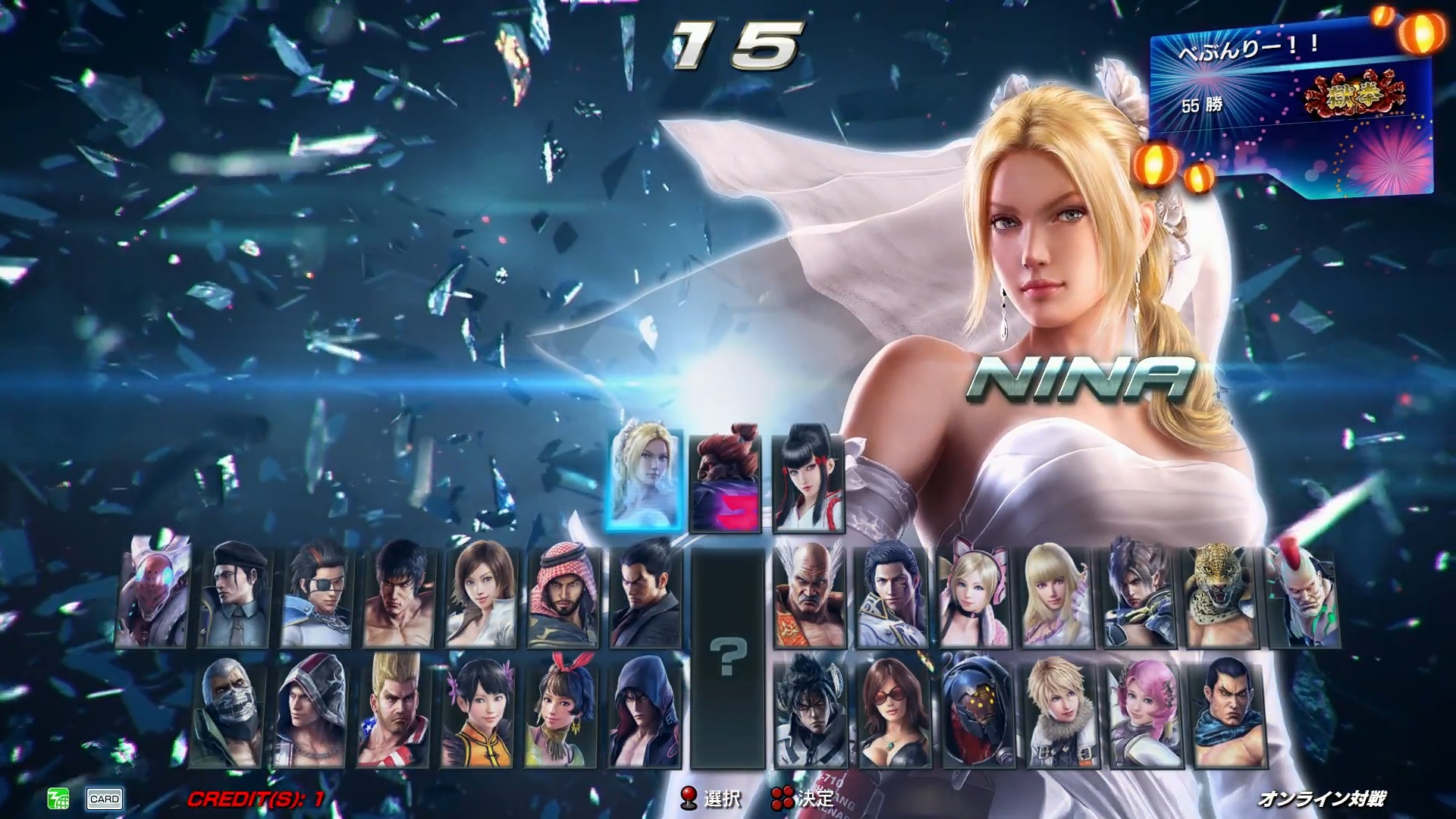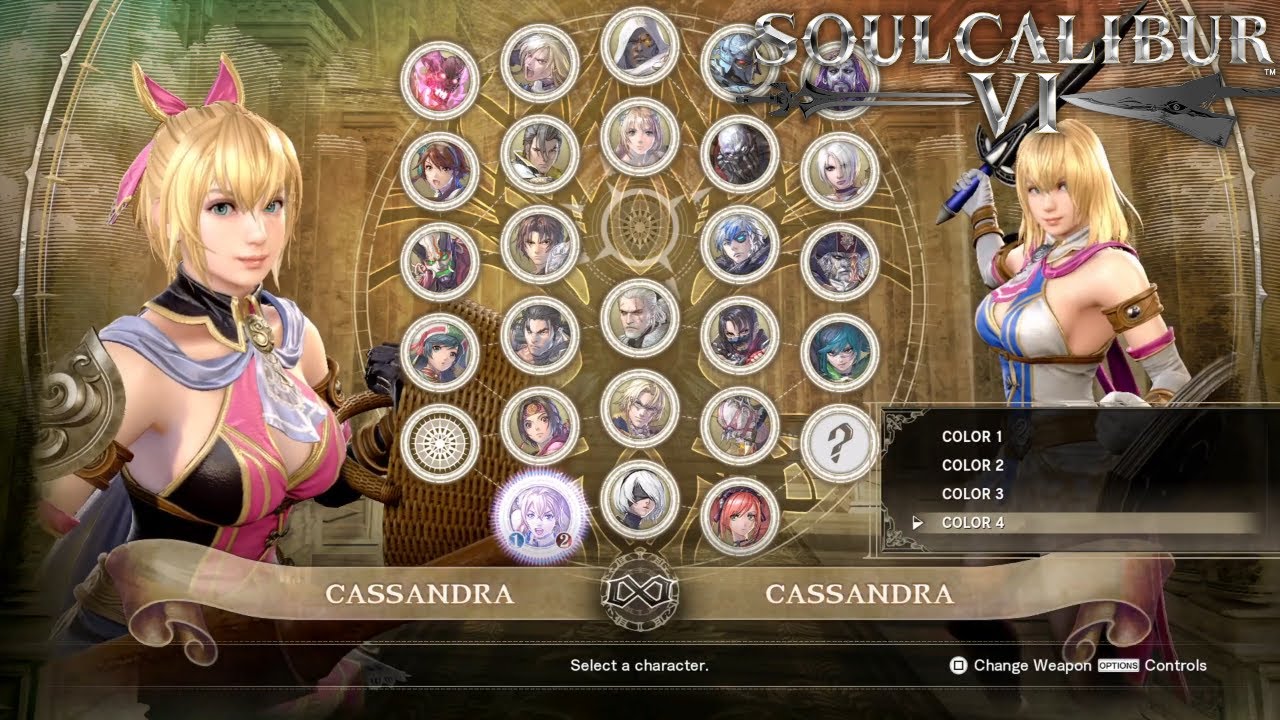DanteSC3
[14] Master
I mean, that many characters don’t really exist. If we had Li Long, Hwang, Rock, Aeon, Yun-seong, Setsuka, Algol, and Dampierre, then we would literally have all of the characters that do exist, barring Necrid, Edge Master / Charade / Olcadan, and the post-timeskip characters, anyhow.Why SC6 cannot have at least half of the roster's size of Tekken 7? :(





